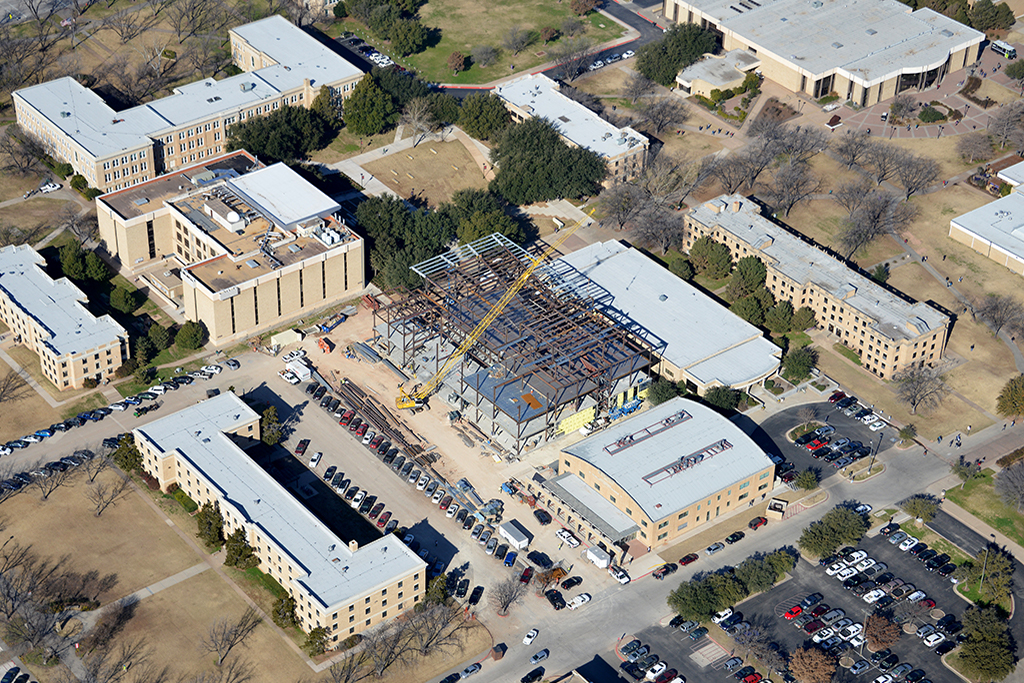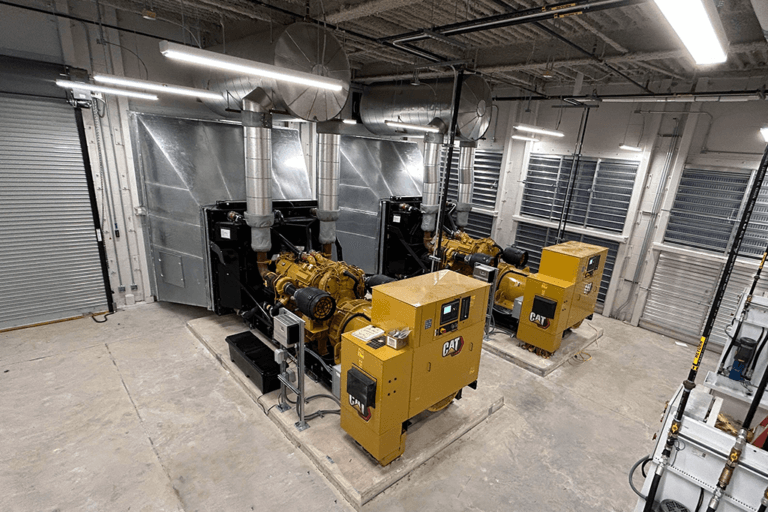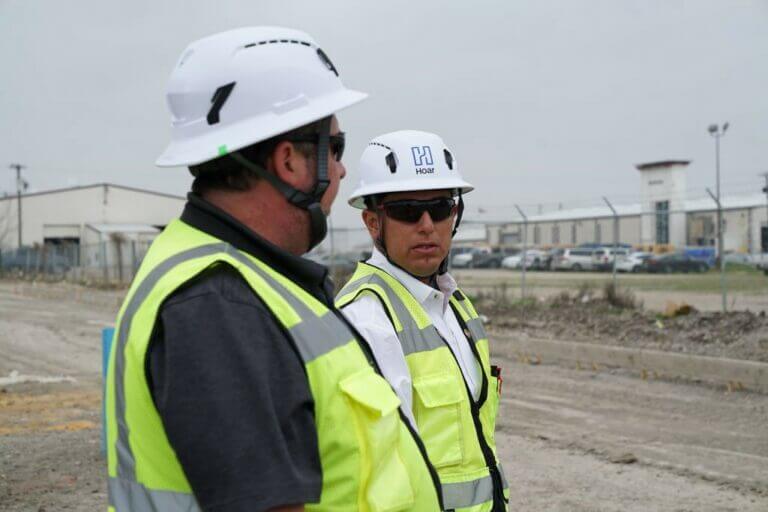
Once, while working on a university renovation project, the Director of Campus Facilities told me that a student’s AC could go out and their department might not hear about it for a week or longer. But if the internet goes out? They’ll be flooded with calls within minutes. He may have been slightly exaggerating to prove a point, but he was shedding valuable insight into what’s important to today’s college students. Do you know what is likely to make a student pick your school over another? Or what the college down the road has to offer that might lure prospective students away? Knowing what is important to students is often what drives our higher education clients to make campus improvements. Whether it’s building a state-of-the-art student recreation center or renovating dormitories into new student housing towers with luxury amenities. Of course, large-scale expansions or renovations are expensive, so it pays to know which upgrades will mean the most to your student body. Based on my experience working on higher education campuses and current trends, here’s 3 factors to consider in your next campus improvement project.
1. High Speed is Highly Important
Let’s go ahead and start with the internet, since we’ve already discussed how important it is to today’s students. Nearly every aspect of students’ learning and social experience depends in part on the internet, so they not only want constant access to high speed Wi-Fi — they expect it. As far as renovations go, upgrading this kind of technology on your campus is relatively low cost compared to structural renovations. Upgrading systems to accommodate max bandwidth speeds and improved cellular coverage can instantly make your campus more attractive to students who need to be able to study and research in their dorms without interruptions or delays.
2. Green Means Go
Green space has always been appealing on campus, but there’s a growing need for a variety of outdoor areas. Last year, we saw how crucial access to wide-open spaces was for students to be able to gather while social distancing. In addition, green space offers students a variety of ways to relax, gather, or stay active outside. Beyond the traditional quads — we’re building new types of outdoor gathering spaces like hammock parks where we install posts for students to attach hammocks and literally hang out. With the continued growing amount of emotional support animals on campus, we’re seeing the need for campuses to build or retrofit space to be dog parks or designated pet-friendly areas so students can conveniently take animals outside, while keeping other green areas free of mess.
Many schools have a limited, existing footprint to work with and no wide-open spaces to build a park or field. If you’re concerned about where to put green space, there are many innovative solutions through artificial green space. For example, we recently built a large green space with an artificial turf system on top of an underground student housing parking structure. This solution transformed what would have been a concrete courtyard into a space for students to play frisbee or study beneath the trees.
3. Dorms Are Out, Luxury Living is In
The days of the “four concrete walls and a metal bed” dorm rooms are over. Students have seen incredible student living options at schools across the country — whether on social media or campus tours — and it’s set the bar for their first dorm room expectations. This trend is not new, we wrote in detail about the evolving look of student housing two years ago. But with many universities requiring students to live on campus their first year, it’s definitely a factor students will look closely at when choosing their school. I’d recommend focusing on the amenities and the community gathering spaces when renovating existing student living or planning new residential halls. Students’ rooms can remain simple if the amenities are appealing. The same amenities that make luxury apartments attractive to renters apply to higher education projects — think first floor dining options, fitness centers, outdoor eating areas with grill stations, and plenty of space for students to gather together to study or socialize.
Students’ needs and expectations are constantly evolving. I can remember giving friends my dorm room landline number, and now we rarely see landlines being designed in rooms for new student housing construction. Our higher education clients are constantly reassessing evolving needs and incorporating them into their campus master plans. For a look at how our expert builders have helped expand, renovate, and transform campuses across the country, visit our higher education experience page.

